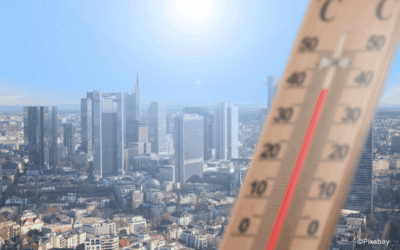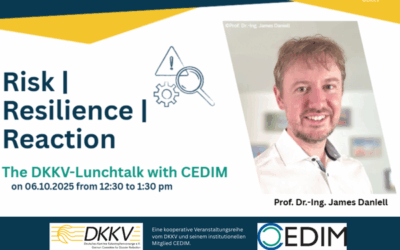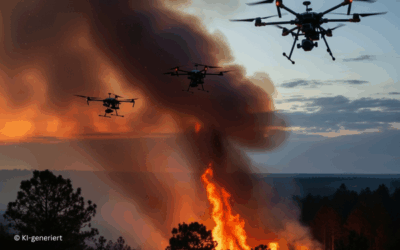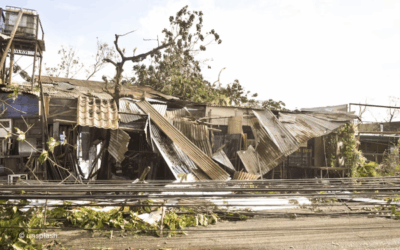The DKKV is…
German Committee for Disaster Reduction e.V. (ger.: Deutsches Komitee Katastrophenvorsorge e.V.)
Newsblog
New analysis shows: Global cities have recorded 25% more extreme heat days since the 1990s
A new analysis by the International Institute for Environment and Development (IIED) shows that the world's largest capital cities now experience around 25% more days of extreme heat than they did in the 1990s. Cities such as Madrid, Rome and Manila are particularly...
Risk I Resilience I Reaction: Second Lunchtalk session on Monday!
On Monday, 6 October 2025 at 12:30 p.m., the second session of the joint lunchtime talk series organised by the DKKV and its institutional member CEDIM will take place. Entitled ‘Between the private and public world: Post-disaster loss assessment in the...
5G drones deliver live images before rescuers arrive
Whether it's a forest fire, traffic accident or natural disaster – every second counts in an emergency. Under the leadership of the German Aerospace Centre (DLR), Vodafone, Frequentis and the Rostock Fire Brigade have tested the use of automated drones immediately...
Typhoon Bualoi causes damage in the Philippines and Vietnam
Shortly after Super Typhoon Ragasa, Typhoon Bualoi has now caused severe damage in the Philippines and Vietnam. The tropical storm reached the eastern province of Samar in the Philippines on the evening of 25 September with gusts of up to 165 km/h [1, 3]. At least 27...
Follow us




What is disaster risk reduction?
Storms, natural hazards and extreme events can quickly become a danger to people and the environment. But climate change, extreme urbanization, power outages and fires also offer potential hazards.
A disaster occurs when the functioning of a community or society is impaired or interrupted and, as a result, high human, material, economic and ecological losses occur that cannot be managed alone.
Precautionary measures can help to reduce the consequences and impact of the disaster. Depending on the hazard and personal circumstances, the precautionary measures to be taken may vary.
Find out more about potential hazards and individual precautionary measures on our topic pages.






